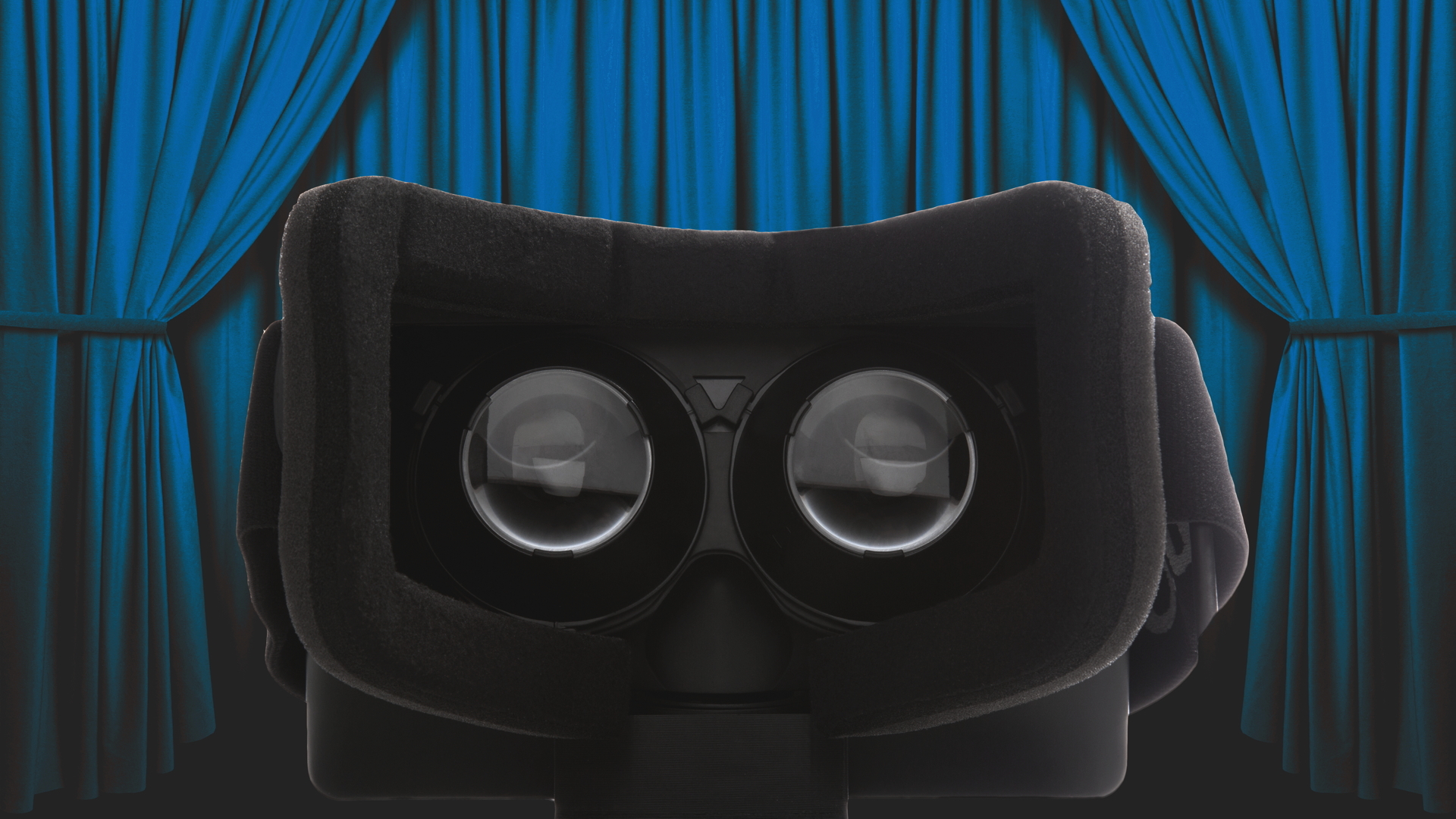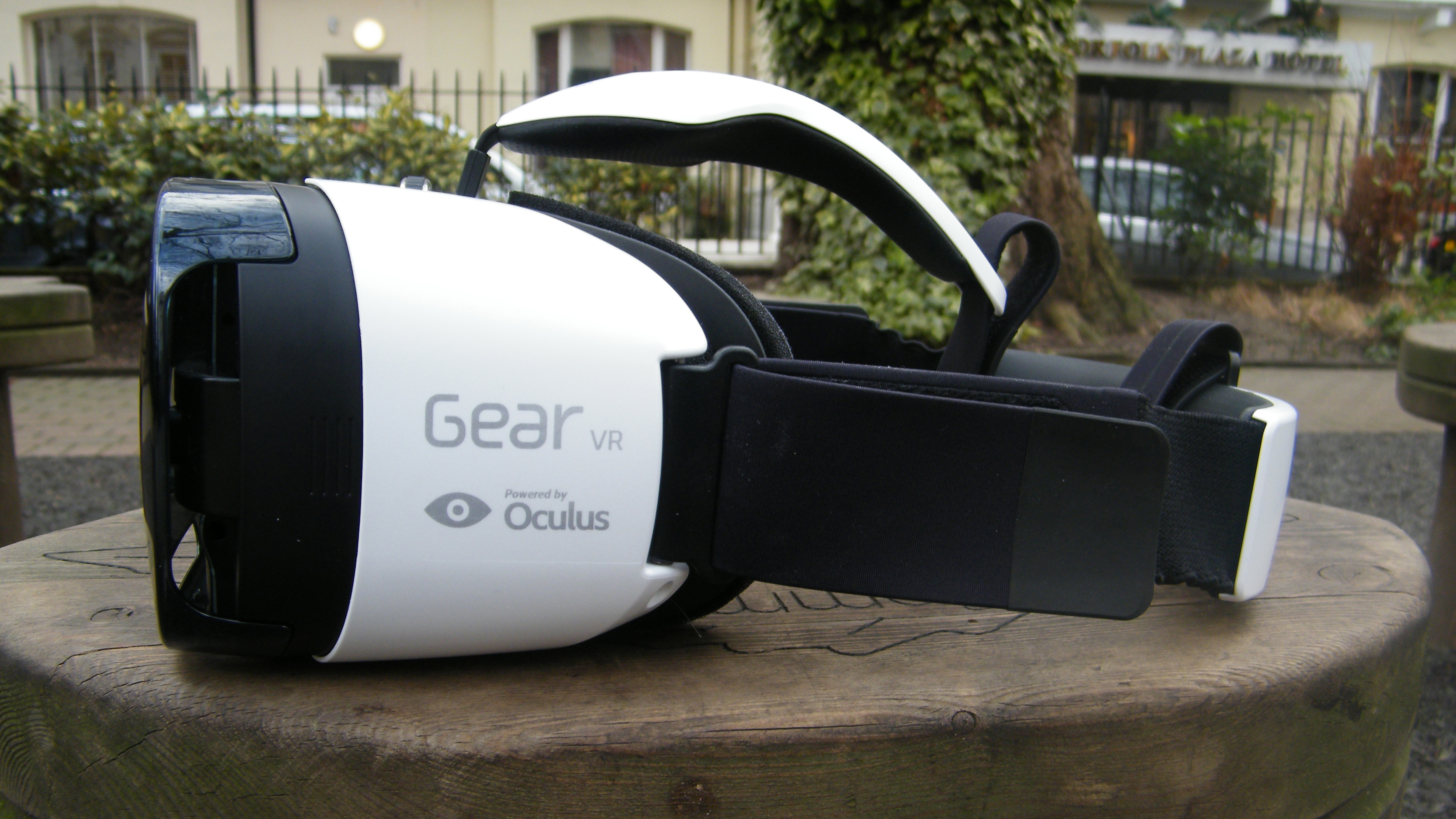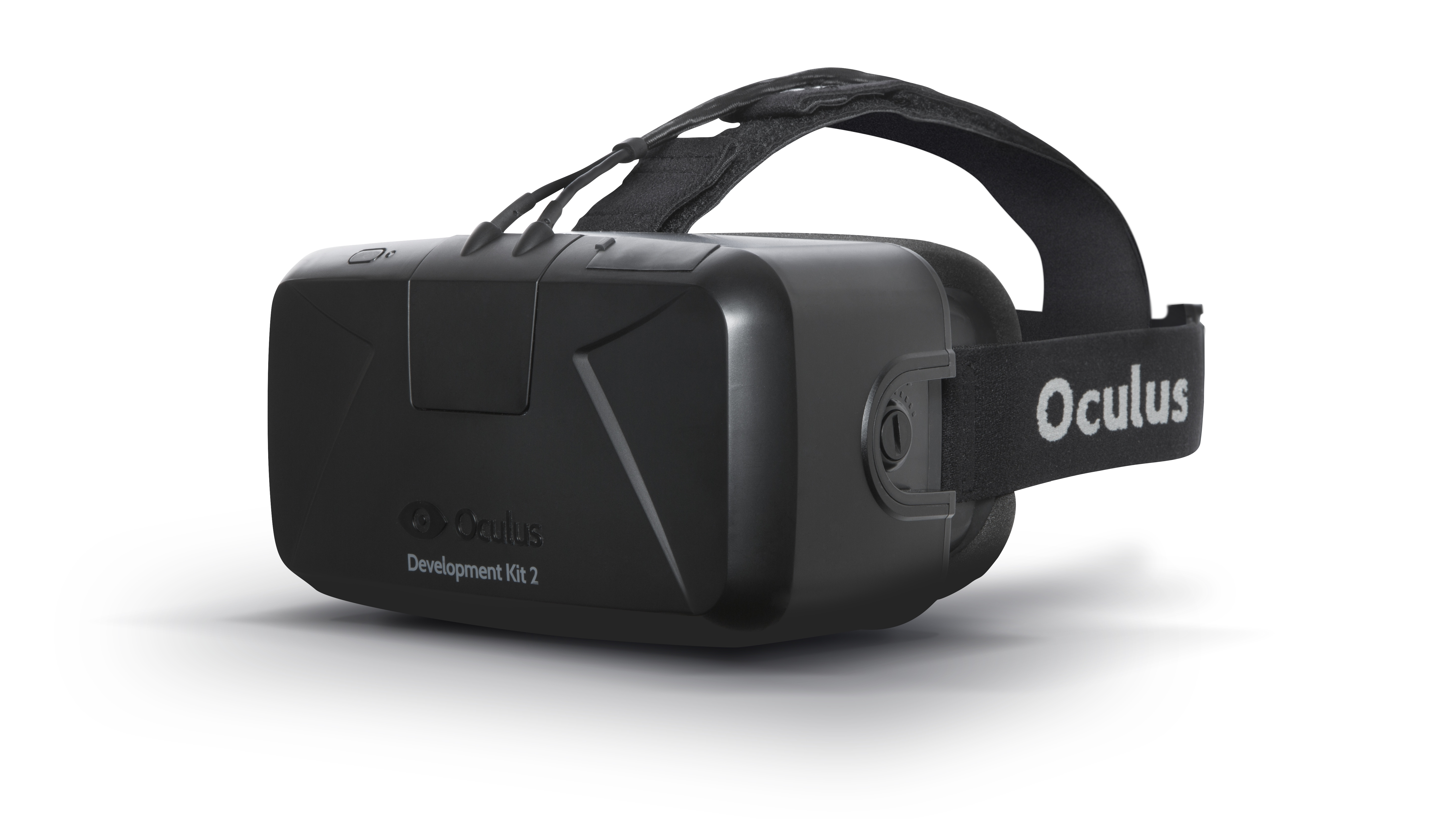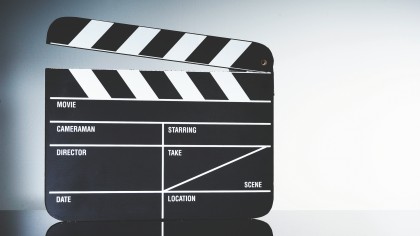Will Hollywood ever embrace VR?
We all know gaming is about to get virtual reality, but what about movies?

It seems next year will be the big one for virtual reality. HTC's Valve-sponsored Vive is hitting the shops right at the end of 2015 with the Oculus Rift and Sony's Morpheus getting released early on in 2016.
But what does that mean for your home cinema - are movies in VR a real possibility?
Well, yes they are but it's far from simple. So, what then are the issues that might surround movies in VR?
The technology is still quite limited
One of the things you have to remember about VR movies is that to make a film in 360 degrees, you need to shoot in 360 degrees. The problems with that specifically are explored in a moment, but to record video in that way is a challenge with current cameras.
Any real video shot for 360 degrees looks quite low resolution today. You can see this with the demo clips on something like Gear VR.

What they lack in resolution though, they make up for in spectacle. Being able to look around in full motion video is really very cool.
With camera sensors evolving all the time it probably won't be long before we shoot in 8K and can use that to create much better 360 degree video.
Get daily insight, inspiration and deals in your inbox
Sign up for breaking news, reviews, opinion, top tech deals, and more.
Shooting in 360 degrees is hard

To make a 360 degree movie, a truly VR experience, you need to shoot all around in 360 degrees, but also above and below the traditional camera position. This makes things incredibly hard for any movie. More than likely you'll need to do several takes to get a scene where people can look around without seeing a piece of equipment, or an extra picking their nose.
If you've ever seen how a movie is made then you'll know the process couldn't be less suitable for 360 degree presentation if it tried. A talking head shot, where two actors are chatting on camera, for example, might make for a good VR viewing experience but in movies these scenes are usually shot with one or two cameras.
Person A acts their part of the scene, from start to finish. Then the camera positions are changed and person B shoots all their lines in the scene. After editing, these two look like they were shot at the same time, but they might not even have been shot on the same day.
That works for normal movies, but making that for VR would be a challenge.
It would be more like theatre. Not impossible from an actor's point-of-view, but technically tricky. How do you hide all of the equipment needed to make a movie?
It's a tough one. Of course, you could still shoot both parts separately and stitch them together later, but that will make for a complicated and expensive process.

Movie directors are paid to tell a story
The big problem with taking any movie, and turning it into a VR extravaganza is that directors have a vision. Try telling David Fincher that you're going to need him to shoot a 360 degree film so the slack-jawed public can have a look around the set when they should be focusing on the actors, and he'll have some sort of fit.
That's not to say that movies can't have a big part in VR, but those movies will need to be carefully considered and scripted with that subject in mind. In the past, we've seen the sort of nonsense that comes out of new technology.
DVD for example promised seamless branching, which would allow us to select different outcomes to on-screen events. There's a really good reason all movies aren't now interactive - it's just not of interest to anyone.
You can't force technology on movies, we've seen that with 3D, and that had the buy-in from lots of high-profile directors. The fact is, 3D is a fraction of the effort of VR, and it still caused endless problems and didn't gain any public traction.
- 1
- 2
Current page: The trials and tribulations of VR cinema
Next Page There are alternatives to 360-degree movie-making...